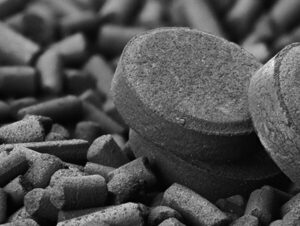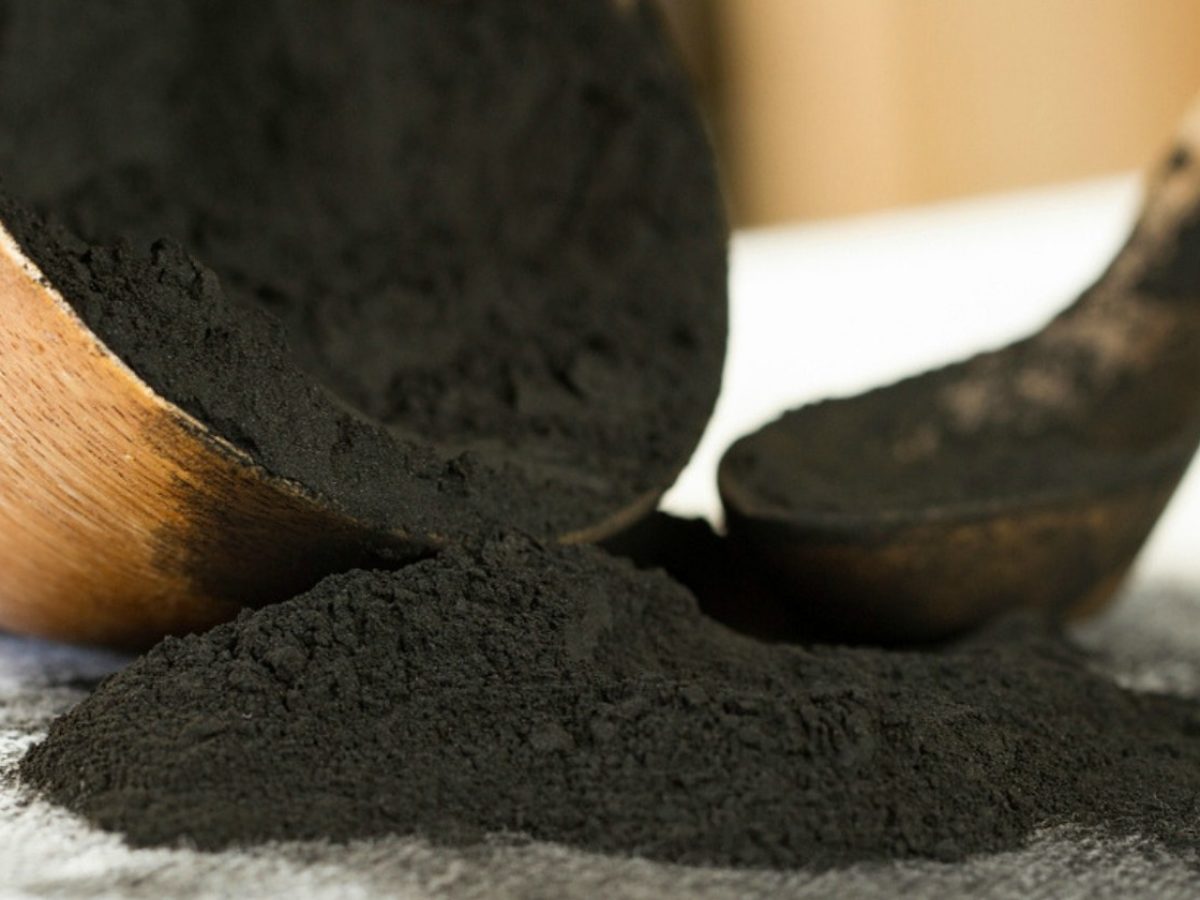Activated carbon, also known as activated charcoal, is a crude form of graphite, the substance used for pencil leads. It differs from graphite by having a random, imperfect structure which is highly porous over a broad range of pore sizes from visible cracks and crevices to molecular dimensions. The graphite structure gives the carbon its very large surface area which allows the carbon to adsorb a wide range of compounds.
Activated carbon (activated charcoal) has the strongest physical adsorption forces, or the highest volume of adsorbing porosity, of any material known to mankind.Activated carbon (activated charcoal) can have a surface of greater than 1000m²/g. This means 3g of activated carbon can have the surface area of a football field.



